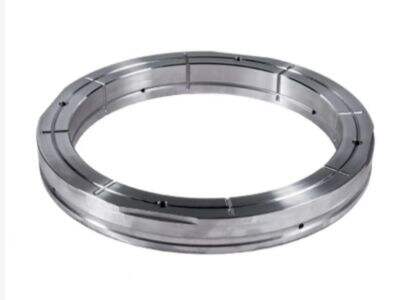What is Flange Warping?
If there is one issue that can arise with flanges, that would be warping. Warping refers to the bending or twisting of metal out of its original shape. It can occur for a few different reasons during manufacturing. One of the common reasons behind it is if the metal does not get appropriately cooled down after being heated. Metal that cools too quickly can cause the flange to warp and not close properly.
To resolve this issue, laborers within Pingcheng have to be extremely cautious with the way in which they cool the metallic. They should allow the metal to cool uniformly and not too quickly. This helps avoid any warping from occurring. If there is any warping, workers can attempt re-heat the metal and then cool it more slowly. What will help return the flange back to its original shape.
What is Porosity?
Porosity In Flanges Another porosity type includes the porosity that may take place while making flanges. Porosity is where little holes or pockets of air occur in the metal. These tiny punctured holes can make the flange weaker and far more liable to fracture under stress.
To prevent this porosity from occurring, Pingcheng workers need to ensure that the metal is completely clean and free of any dirt or contaminants before pouring it into the mold. Where porosity does happen, workers may alter the pressure or temperature of the metal to eliminate the air pockets. They warned against using a different metal that may prove to be porous.
What are Surface Defects?
During the finishing process, flanges are also subject to surface defects. Surface defects are things like scratches, dents, or rough spots on the surface of the flange. Such defects can make the flange visually unappealing but also weaker, which is detrimental to the performance.
To prevent surface defects, Pingcheng workers must ensure that the mold is clean and does not have debris or dirt on it before pouring the metal into it. Tools and methods have to be proper to grant the metal a certain final process. If surface defects do occur, workers can attempt a method of smoothing the metal with tools or methods to make the surface nice and even. They could apply a different sort of finishing that will hide the flaws and make the flange appear nicer.
In Conclusion
To sum up, the manufacturing and casting of flanges can suffer from a number of common issues. Workers at Pingcheng can easily prevent and fix these issues, as long as they pay close attention to keep things like cooling temperature, cleanliness of the metal, and correct types of metal in check. It is important to diagnose these problems, so that the resulting flanges are qualified with good strength and quality. That's why this level of detail ensures the products are going to work well and serve whatever purpose they were made for.

 EN
EN
 AR
AR
 BG
BG
 HR
HR
 CS
CS
 DA
DA
 NL
NL
 FI
FI
 FR
FR
 DE
DE
 EL
EL
 IT
IT
 JA
JA
 KO
KO
 NO
NO
 PL
PL
 PT
PT
 RO
RO
 RU
RU
 ES
ES
 SV
SV
 TL
TL
 IW
IW
 ID
ID
 SR
SR
 SK
SK
 SL
SL
 VI
VI
 GL
GL
 HU
HU
 TH
TH
 TR
TR
 FA
FA
 GA
GA
 CY
CY
 IS
IS
 KA
KA
 LA
LA
 MI
MI

